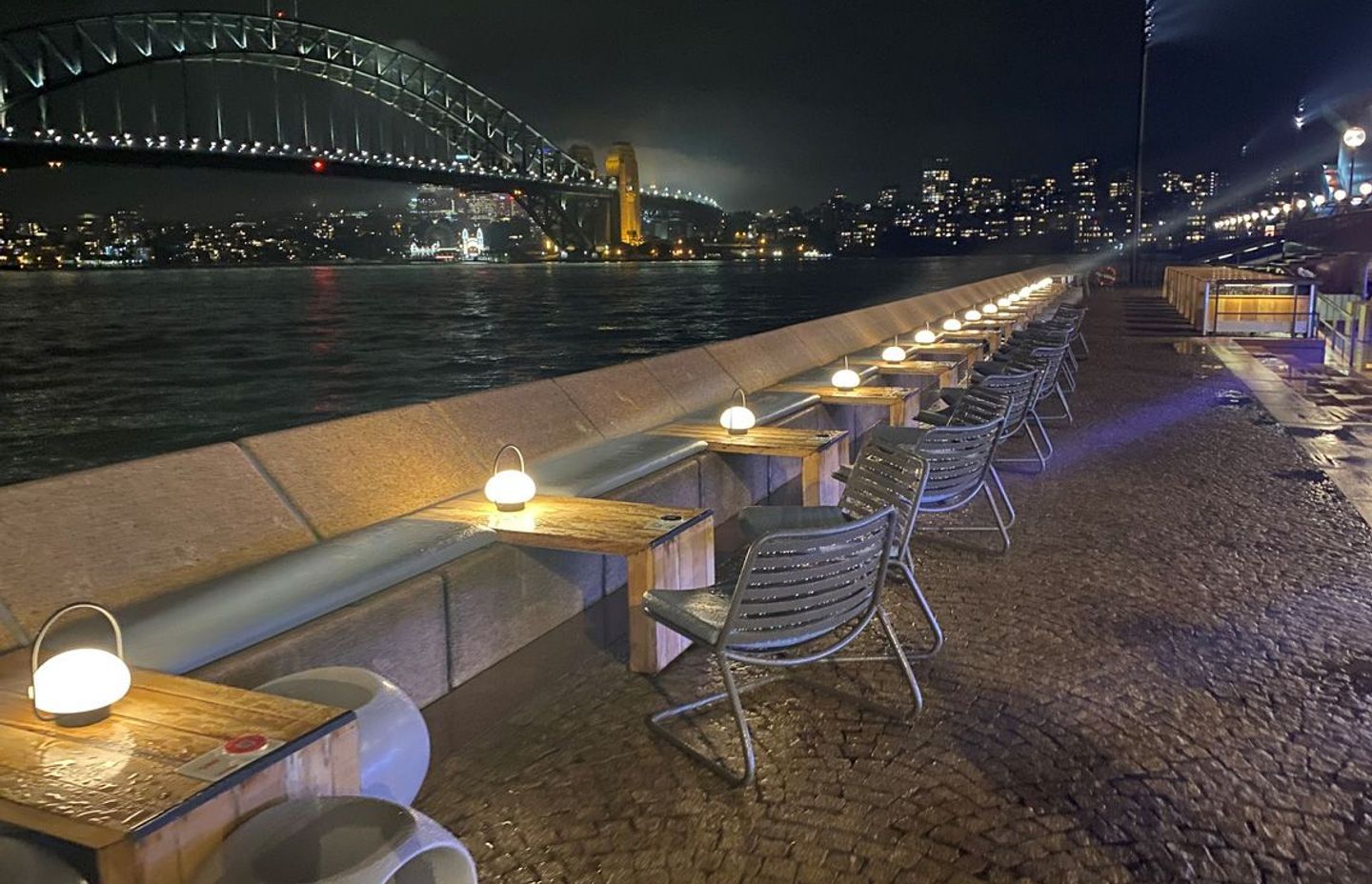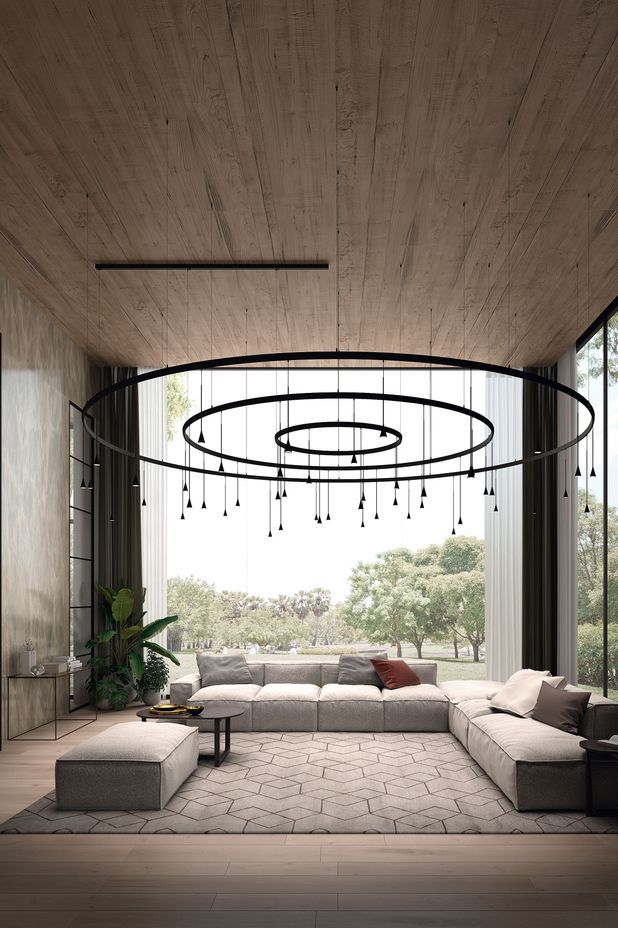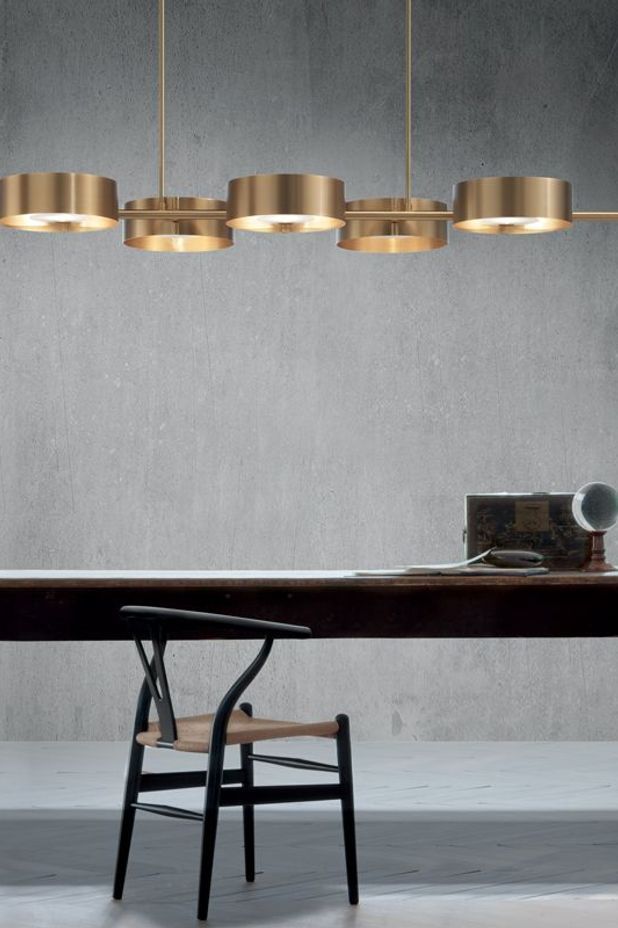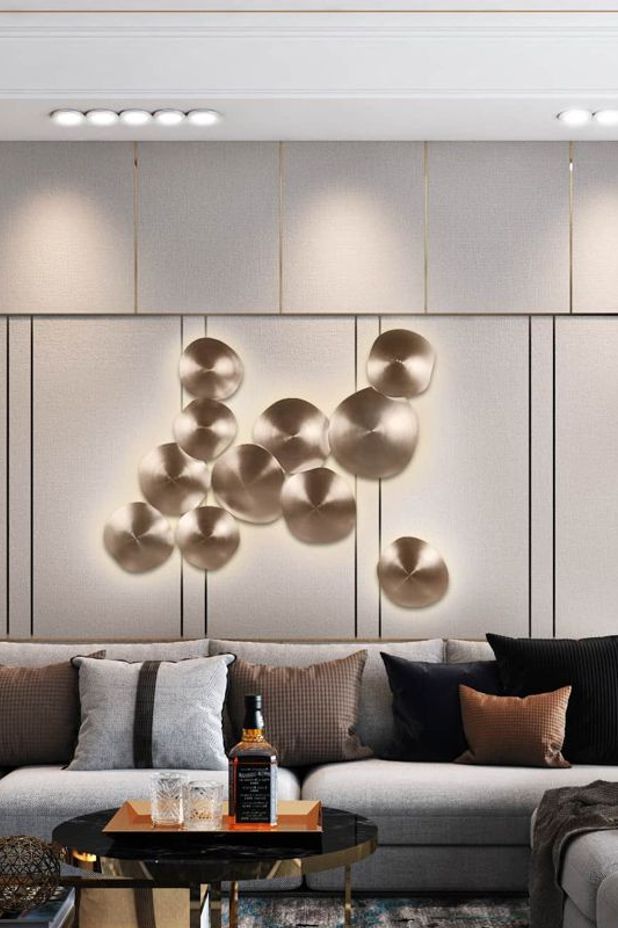How to make an impact with statement lighting
Written by
29 October 2021
•
5 min read

Lighting has the ability to make or break the atmosphere in a home. And while it may be tempting to beeline straight for those exciting, decorative lights that are guaranteed to bring the ‘wow’ factor to a space, statement lighting is not something to select on a whim, or for that matter, at all until you’ve gotten a few other things out of the way first.
Todd Lynton, Director at Sydney-based lighting supplier Special Lights, says that statement lighting should be the final step in a homeowner’s lighting design journey, after the essential task lighting, general lighting and accent lighting have been selected and installed.
“Most of the time, with a statement piece, when you get into that decorative layer, because you've taken care of the other three layers it actually doesn't have to produce light at all. If you've taken care of those other three layers, you're in a position to then make a statement and put in something very impressive to largely be a decorative piece, that may also perform a partial role of some of those other layers,” he says.
Statement one: fill the void
With this layered lighting approach, Todd says to ask yourself: is there other lighting in the space, or does the statement light need to function as the main light? For a stairwell, for example, if you already have general light and integrated step lights, then you probably don’t need to consider a big light-emanating piece.
“That makes a massive difference, then, to the type of light you can select. It’s kind of a critical point, to know if you need light out of the statement piece. Sometimes you do, but generally, most of the time, they skew largely decorative,” explains Todd.
For voids or high and spacious areas, larger statements are ideal. They serve the purpose of filling an empty space while adding a decorative focal point that can also emit ambient light to create atmosphere. “You generally want to fill a decent part of the void so it has some substance."

Statment two: repetition
Lights do not have to be big to make a statement, and they don’t have to exist in isolation. Choosing a smaller light and then using a number of that same style in a space can be a less obvious yet equally impactful strategy for making a lighting statement in the home. This approach is also a great way to create subtle mood lighting – in the backyard or on a deck or patio. “When we think about statement pieces from a residential point of view we think about indoors and we think about the obvious locations. But we are seeing an increase in statement pieces being put outdoors as well,” Todd explains.


Statement three: choose the right height – and transparency
If you’re lucky enough to have double-height ceilings or airy voids in your home, it’s vital to consider not only the size and shape of the statement pendant light, but also how high or low it hangs. Todd explains that having a high and narrow statement pendant light can work very well in a stairwell environment, but above a dining table or in a living room a lower, a wider statement light could be more appropriate.
“Often a large part of the brief for a statement piece is about how solid or transparent it needs to be. Do you want to look through it or do you want do you want it to be a major focus of the room?”
Consider if you want to be able to look through the light, as would be the case in a living room with a view, or make it more of a solid, architectural piece that draws the eye. “If it's big and solid, it may interrupt part of that view – or that may not be a problem, and then it very much depends on the design you like," Todd says.
Most of the time with a statement piece, when you get into that decorative lighting layer... it actually doesn't have to produce light at all.


Statement four: consider your walls
While pendant lights are extremely popular, they are not your only option when you're seeking lights to make an impact. If the practical side of your lighting is sorted, take a look at your walls. Todd explains they can be the perfect blank canvas for a decorative, artistic statement light that either subtly creates atmosphere in the room or serves as its showpiece. “People do think most of the time it’s a pendant or a group of pendants that form statement pieces, but it doesn't have to be that way. The chestnut light can be arranged on walls and creates a beautiful and very different sort of statement in the space.”
